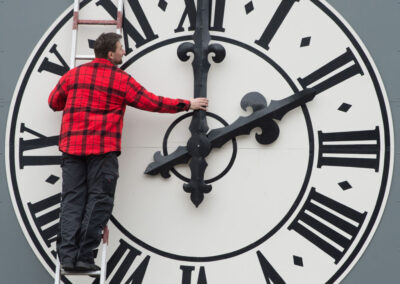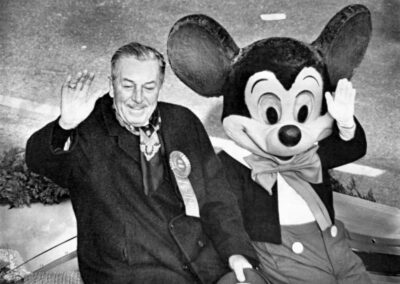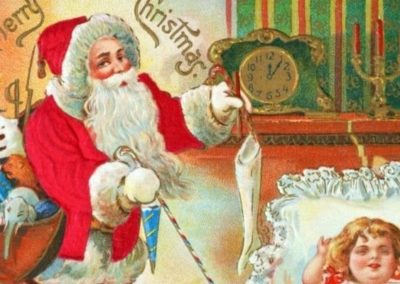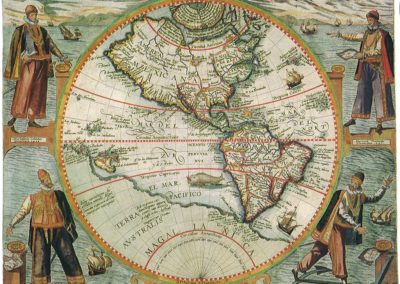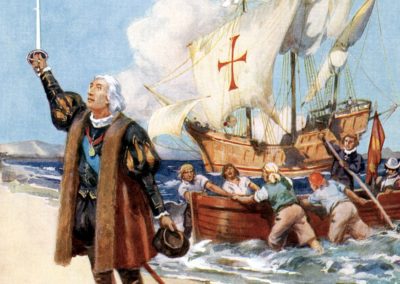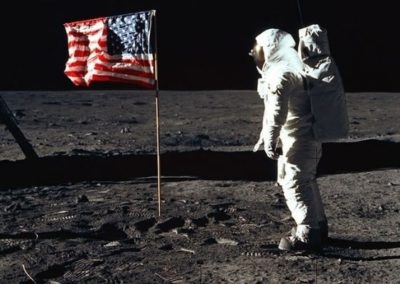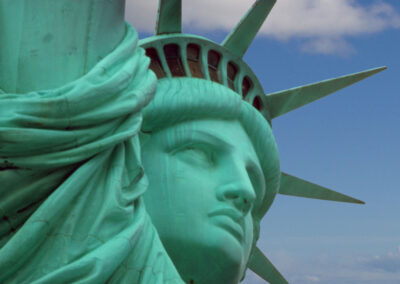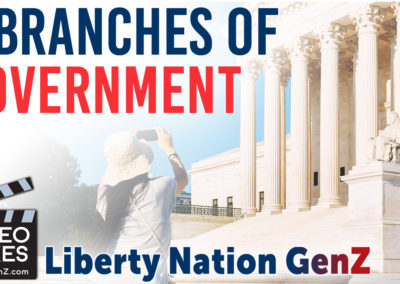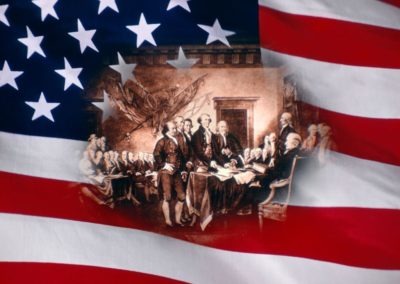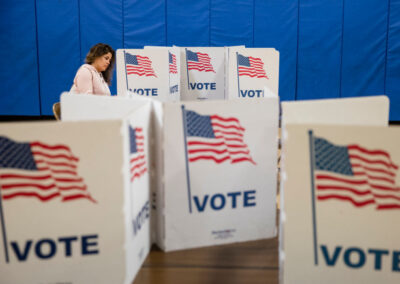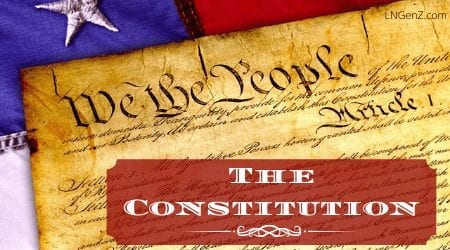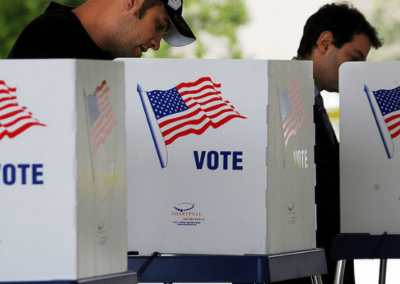Who Should We Thank for Labor Day?
A holiday that celebrates workers - and how it was invented.
By: Kelli Ballard | September 2, 2024 | 525 Words
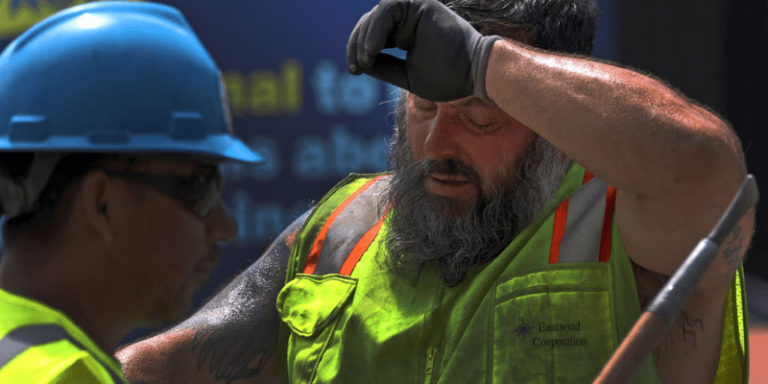
(Photo by David L. Ryan/The Boston Globe via Getty Images)
For many Americans, Labor Day is a welcome three-day weekend, and a sign that the end of summer is coming. Many people’s celebrations involve hot dogs, barbecues, water balloon fights, and attending parades. Others continue “laboring” on this day that honors workers.
While lots of countries celebrate Labor Day on May 1 (May Day), the United States always observes the holiday on the first Monday in September.
McGuire or Maguire?
It’s unclear who we have to thank for this Monday holiday – a McGuire or a Maguire (apparently no relation). Peter J. McGuire was an official for of the Brotherhood of Carpenters and Joiners, as well as a co-founder of the American Federation of Labor. Some records name him as the first person to suggest a day to honor those “who from rude nature have delved and carved all the grandeur we behold.”
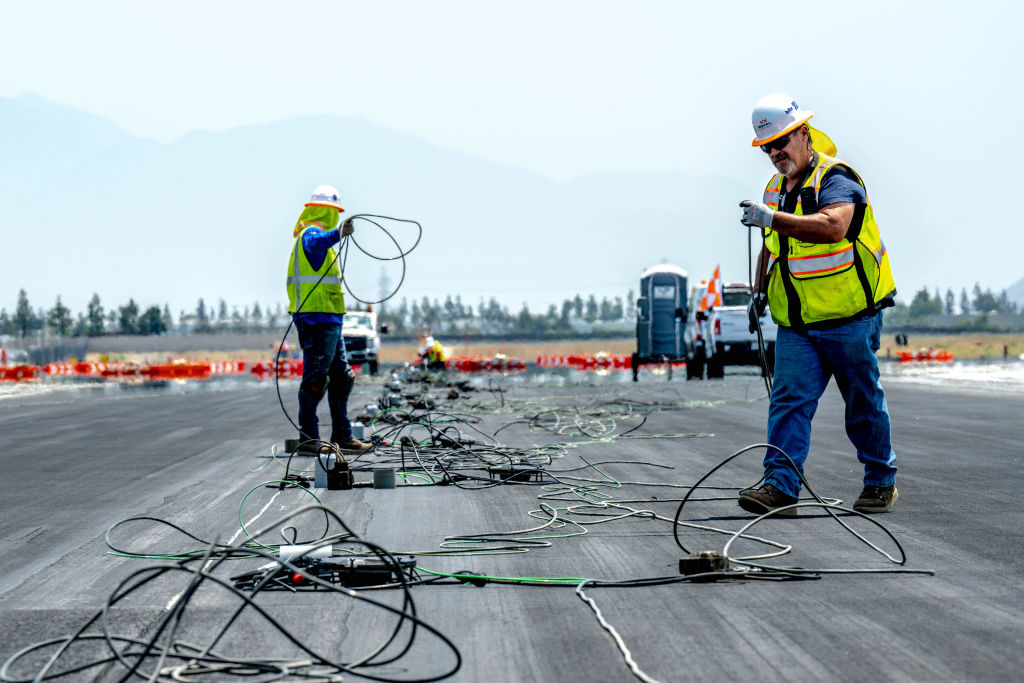
(Photo by Watchara Phomicinda/MediaNews Group/The Press-Enterprise via Getty Images)
Matthew Maguire, the challenger, was a machinist. Those who give Labor Day credit to Maguire say he proposed the holiday in 1882 while serving as secretary of the Central Labor Union in New York.
How Was It Started?
New York City held the first Labor Day on September 5, 1882. Although New York was the first to celebrate the occasion, Oregon was the first state to pass a law officially recognizing the holiday, in 1887. Colorado, Massachusetts, New Jersey, and then New York soon followed suit.
By 1894, 23 other states had taken up the celebration. On June 28 of that year, President Grover Cleveland signed a law to make the first Monday in September a national holiday.
The First Labor Day
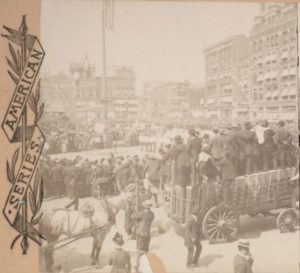
Labor Day Parade, New York, 1887. (Photo by: Sepia Times/Universal Images Group via Getty Images)
The first celebration in New York almost went wrong. Local police officers were concerned that a mob was going to cause a riot and create mayhem. By 9 am on the day of the parade, officers wielding clubs had surrounded city hall on horseback. At 10 am, William McCabe, the Grand Marshall of the parade, became nervous as he noticed there were only a few people ready to march, and no band to provide the marching music. Luckily, Matthew Maguire let the frazzled McCabe know that 200 marchers from the Jewelers Union of Newark Two had just arrived. And even better news, they had a band!
The band marched onto lower Broadway playing “When I First Put This Uniform On” from the Gilbert and Sullivan opera, Patience. The final count of marchers ranged from 10,000 to 20,000 men and women.
The parade marched through lower Manhattan, and the New York Tribune reported that: “The windows and roofs and even the lamp posts and awning frames were occupied by persons anxious to get a good view of the first parade in New York of workingmen of all trades united in one organization.”
A newspaper described the day as “…men on horseback, men wearing regalia, men with society aprons, and men with flags, musical instruments, badges, and all the other paraphernalia of a procession.”

